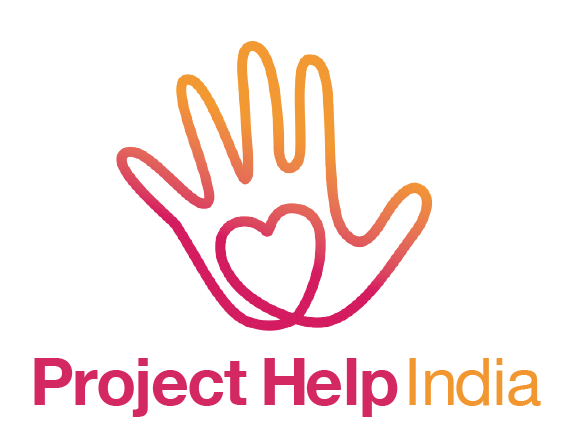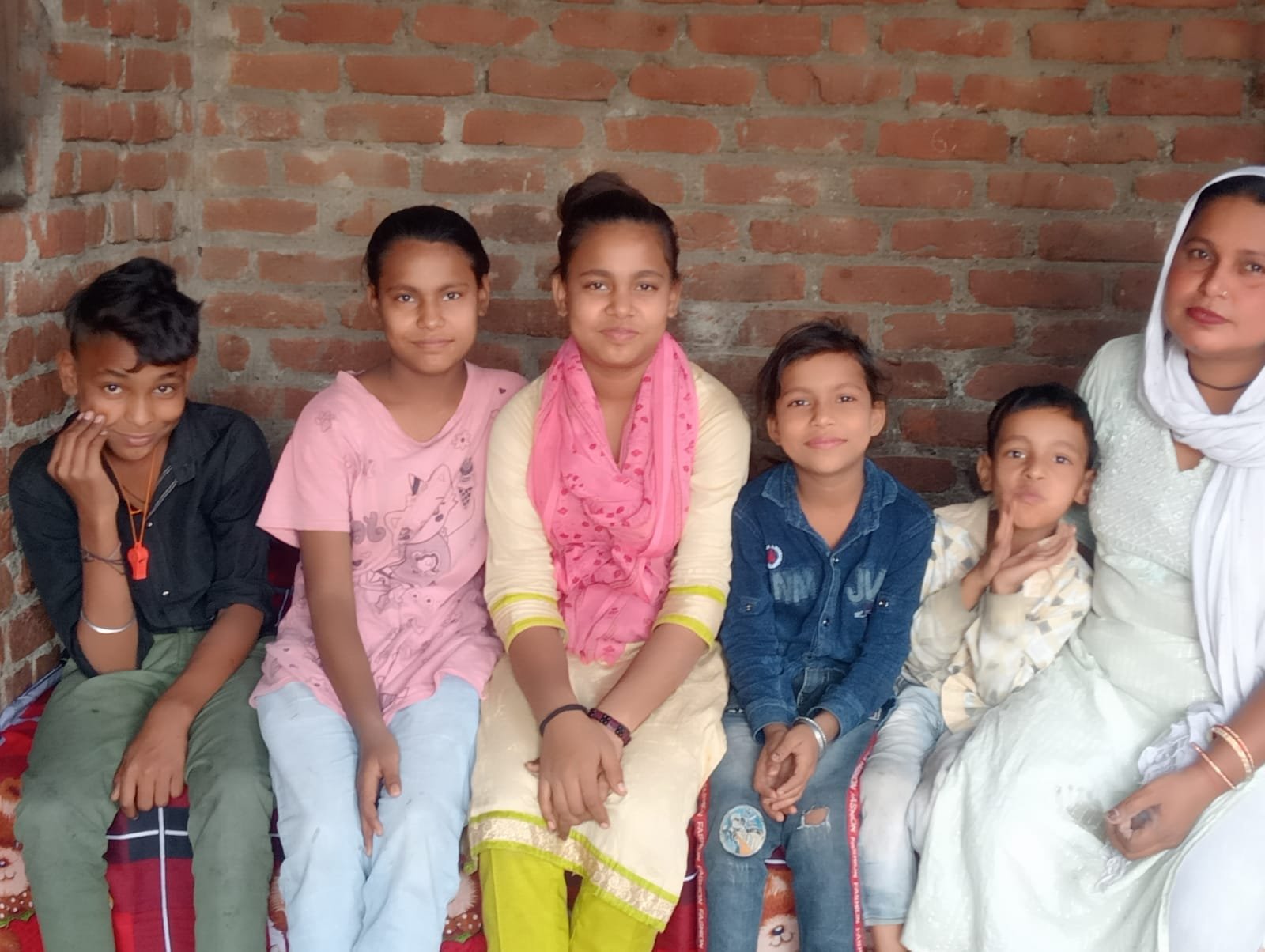I find it a sad and confronting irony that this week, that some of the most disadvantaged children on this planet were doing their bit on ‘Earth Day 23’ to make their world a better place. I actually think it’s quite scandalous (and inspiring) that these children who have inherited basically nothing in life, except for a dirty slum, are the ones who, with smiles on their faces, are enthusiastically cleaning their patch and making a difference.
Kids are kids no matter where in the world
As I (Doug) mentioned in my previous blog - “kids are kids no matter where in the world”. I see exactly the same for the children who I work with and alongside at my school in Sydney. They are kind, compassionate, inclusive, creative and generous in their willingness to help and serve others and their community.
We would all agree that our planet needs hope. It makes me wonder what happens after childhood that hardens so many adults. I suggest that one way to make a significant difference is to give greater recognition to the precious stage of life called ‘childhood.’
Children provide us with both an opportunity and a solution
We must listen to children more - giving them a voice to bring their perspective, creativity and ideas for solving problems to shape and impact the world they are growing up in.
We must give children more opportunities to ‘be’ the solution - the smiles on their faces, energy and enthusiasm that I consistently see in all children, from the poorest of the poor to some of the most wealthy, is all the evidence I need to know that they can surely do a better job than most adults. Kids love to get their hands dirty but most of the time we don’t let them (oh dear, they might get germs!).
We must be committed to change and to be bringers of hope - why? because of our children need us to have hope. A vicious cycle is created when kids see adults as despondent, cynical and pessimistic about the future and life in general.
Education is key - to bring hope and to make change happen, priorities within the curriculum must be challenged. Let’s also consider how much time we are giving kids each day, whilst they are at school, to do the things that really matter, to have impact in their community and the lives of others, connecting with others - to be truly human.
Hope is a two way street
I am personally committed to make a difference in my life and work to bring hope to children. But when I think deeply about this, it’s actually the kids who bring and give me so much hope and inspiration. I’m sure there are children in your life who do the same for you.





























